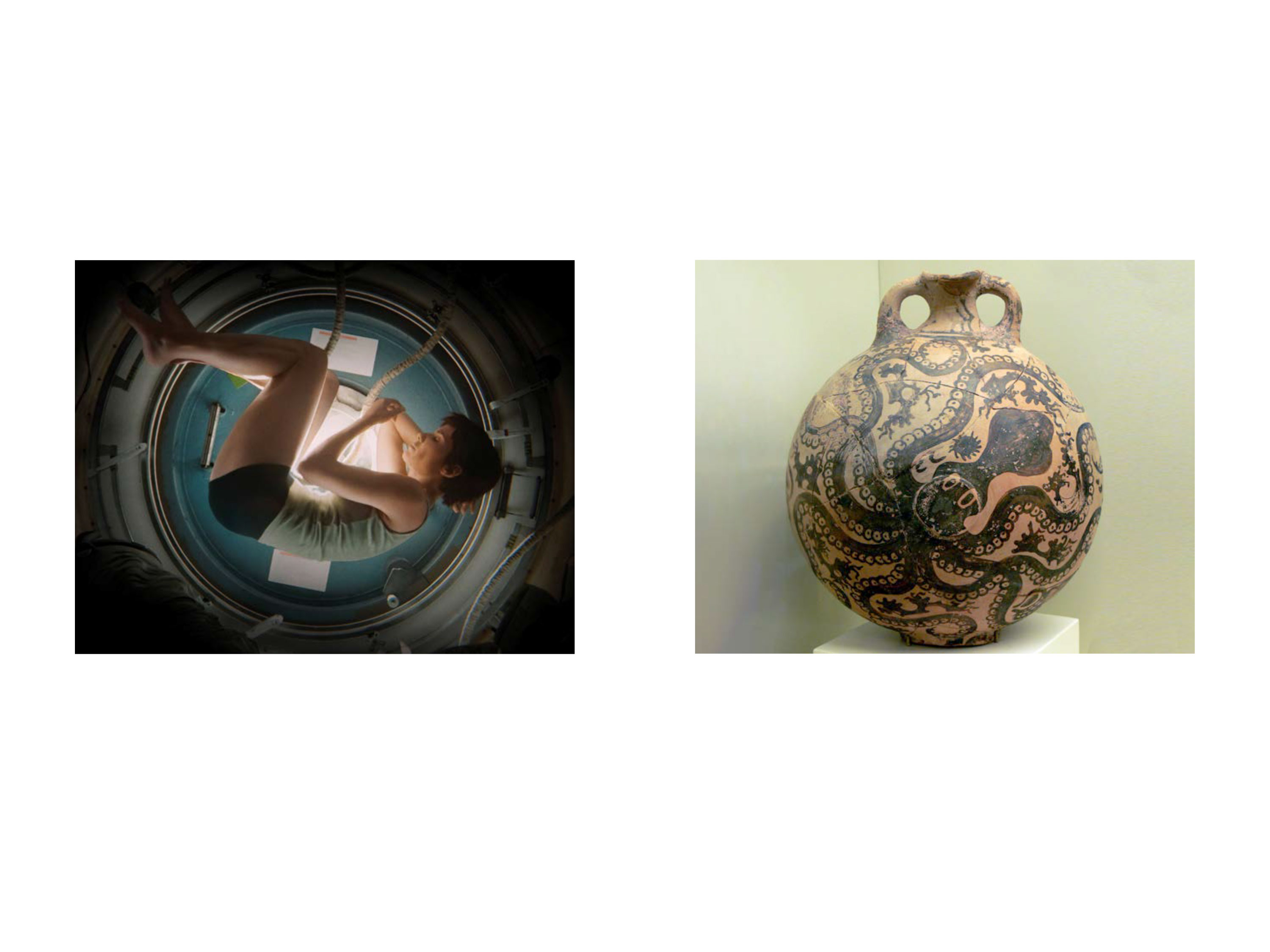
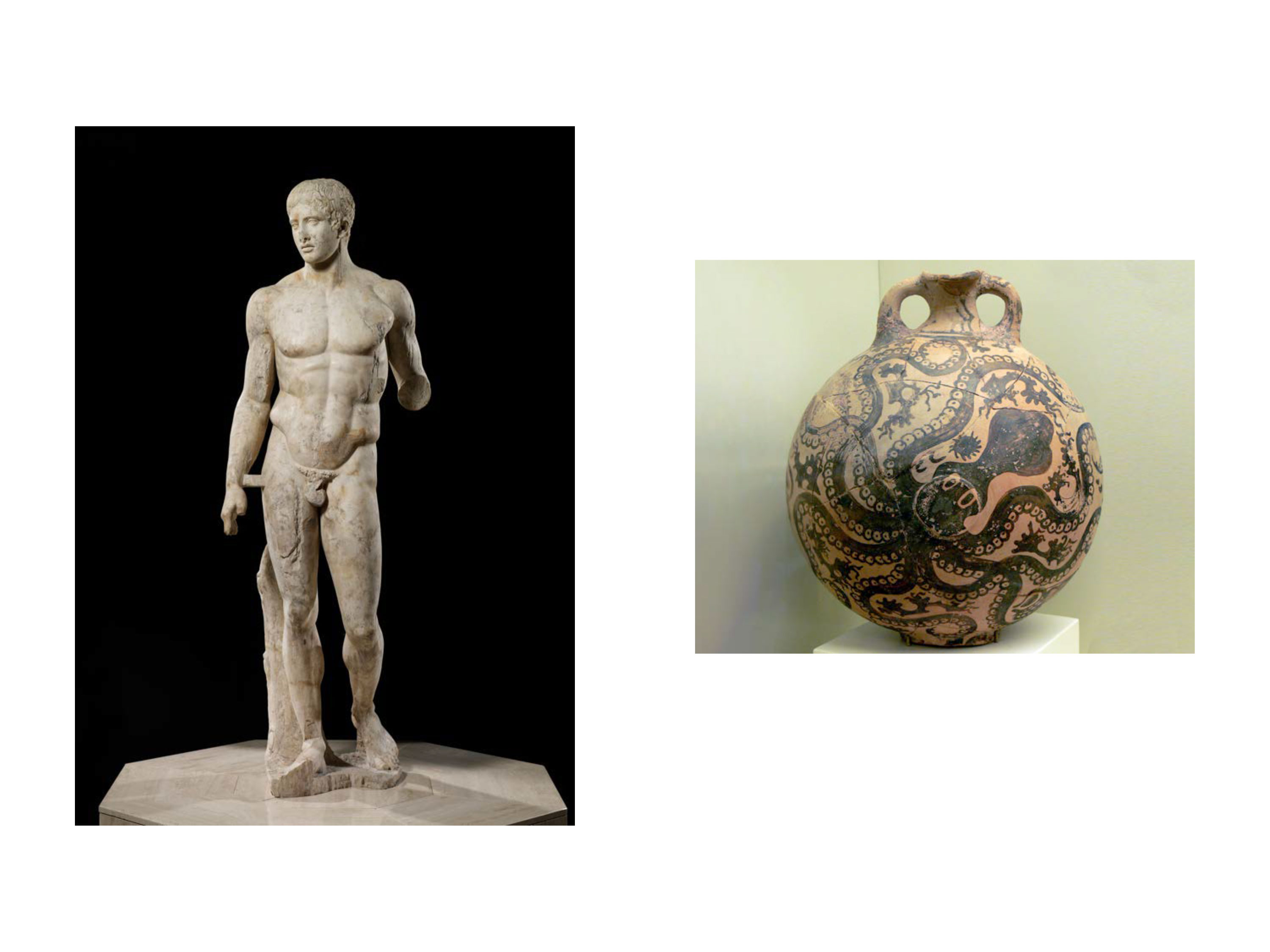
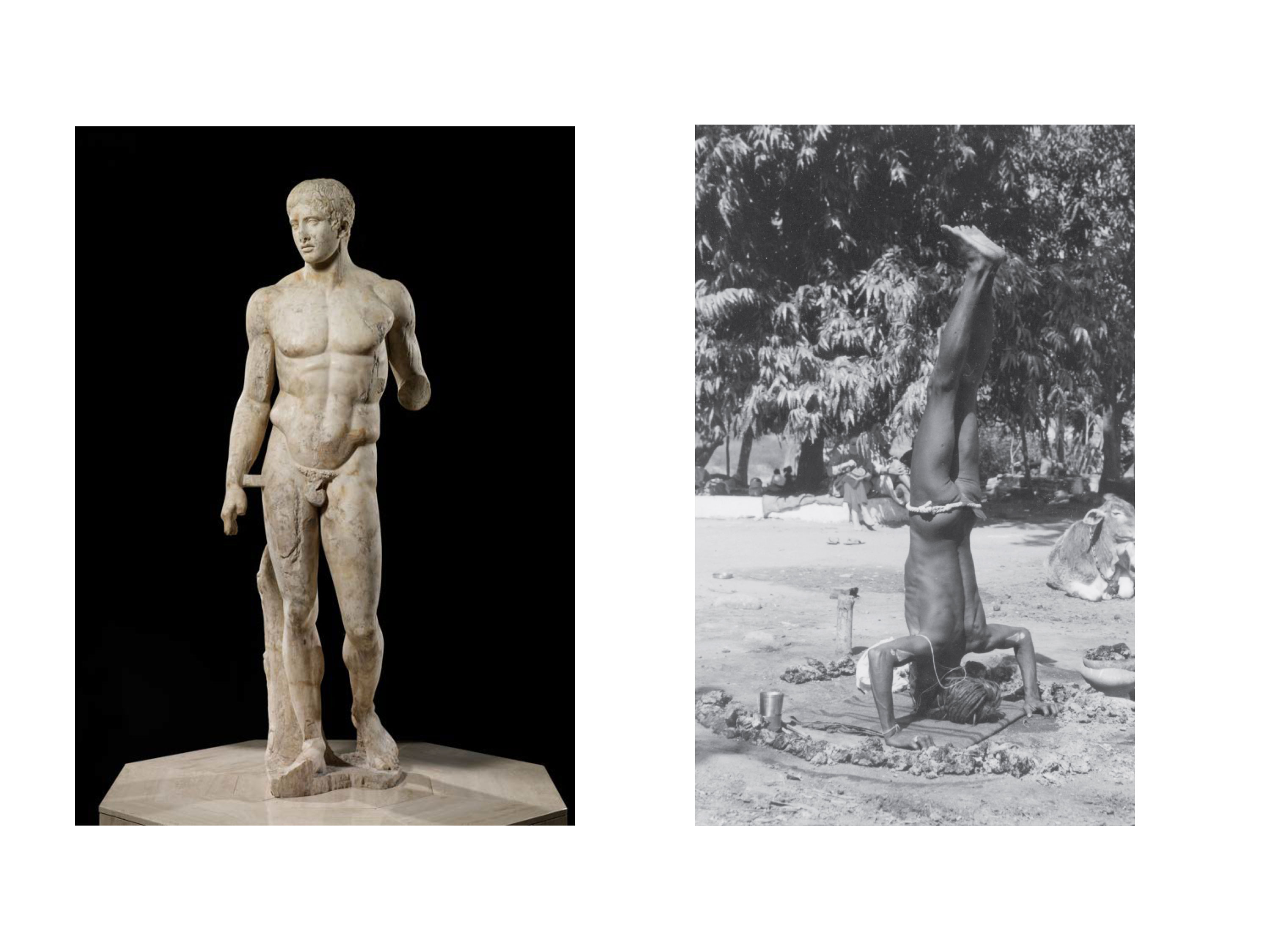
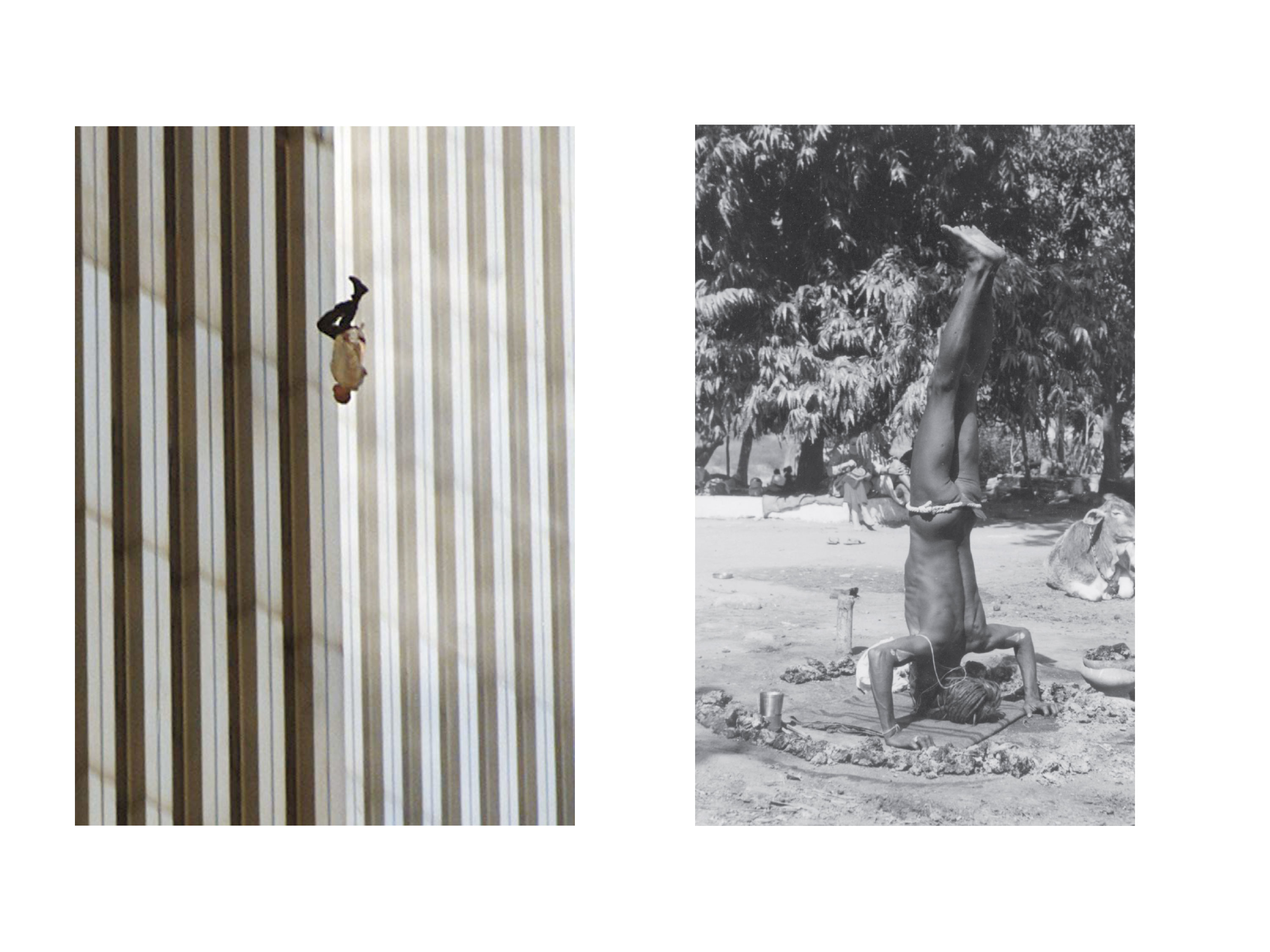

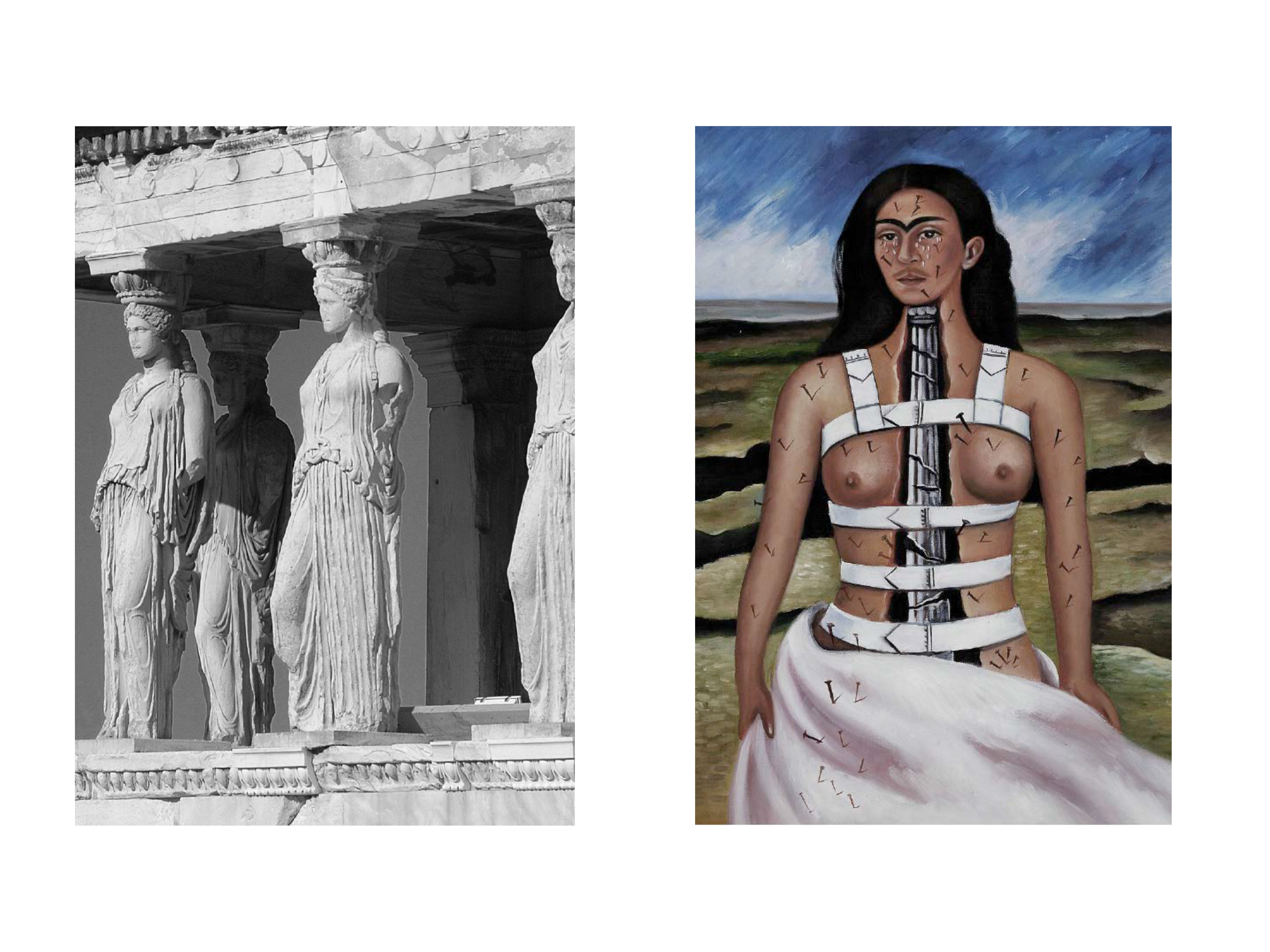
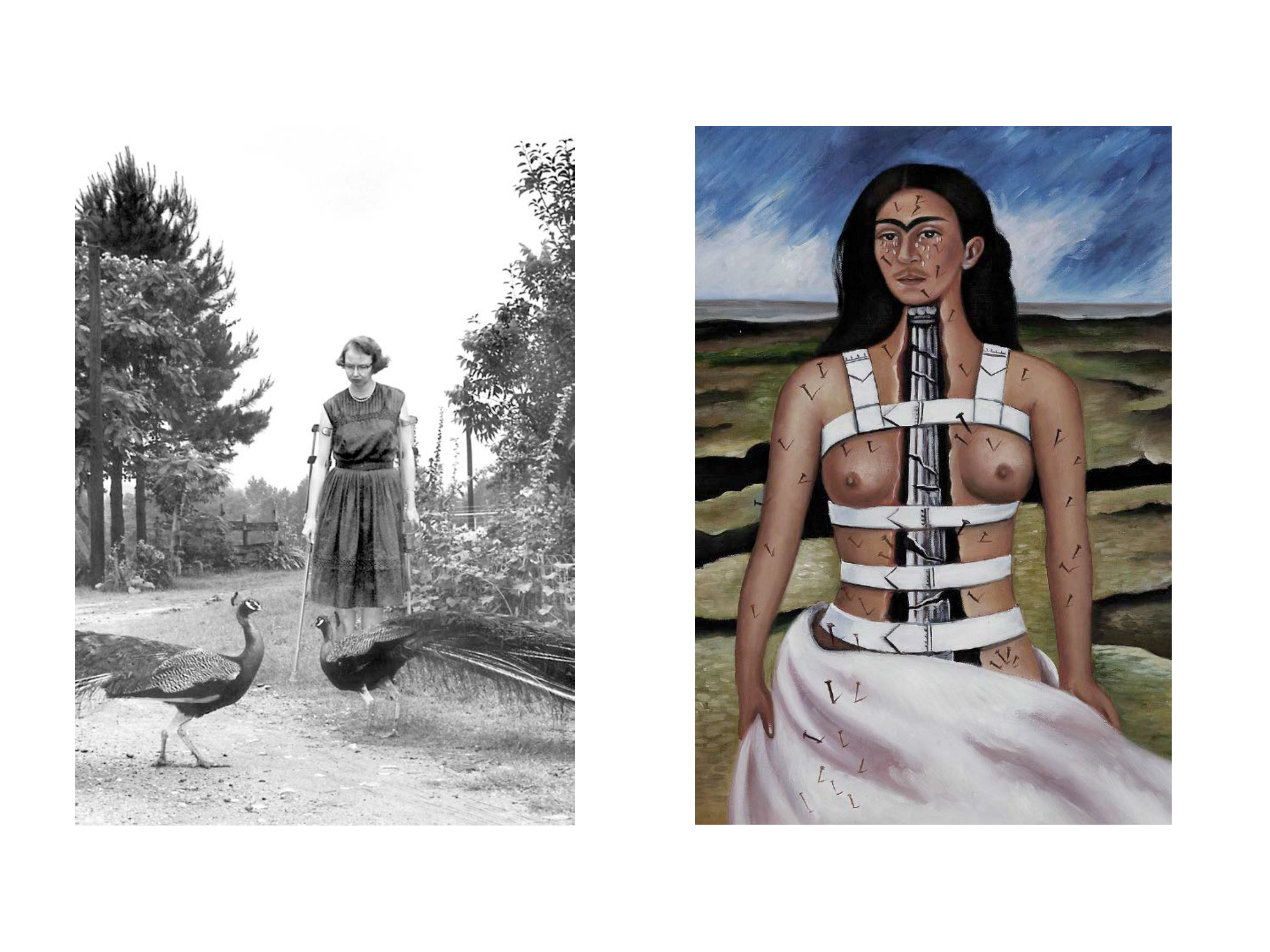

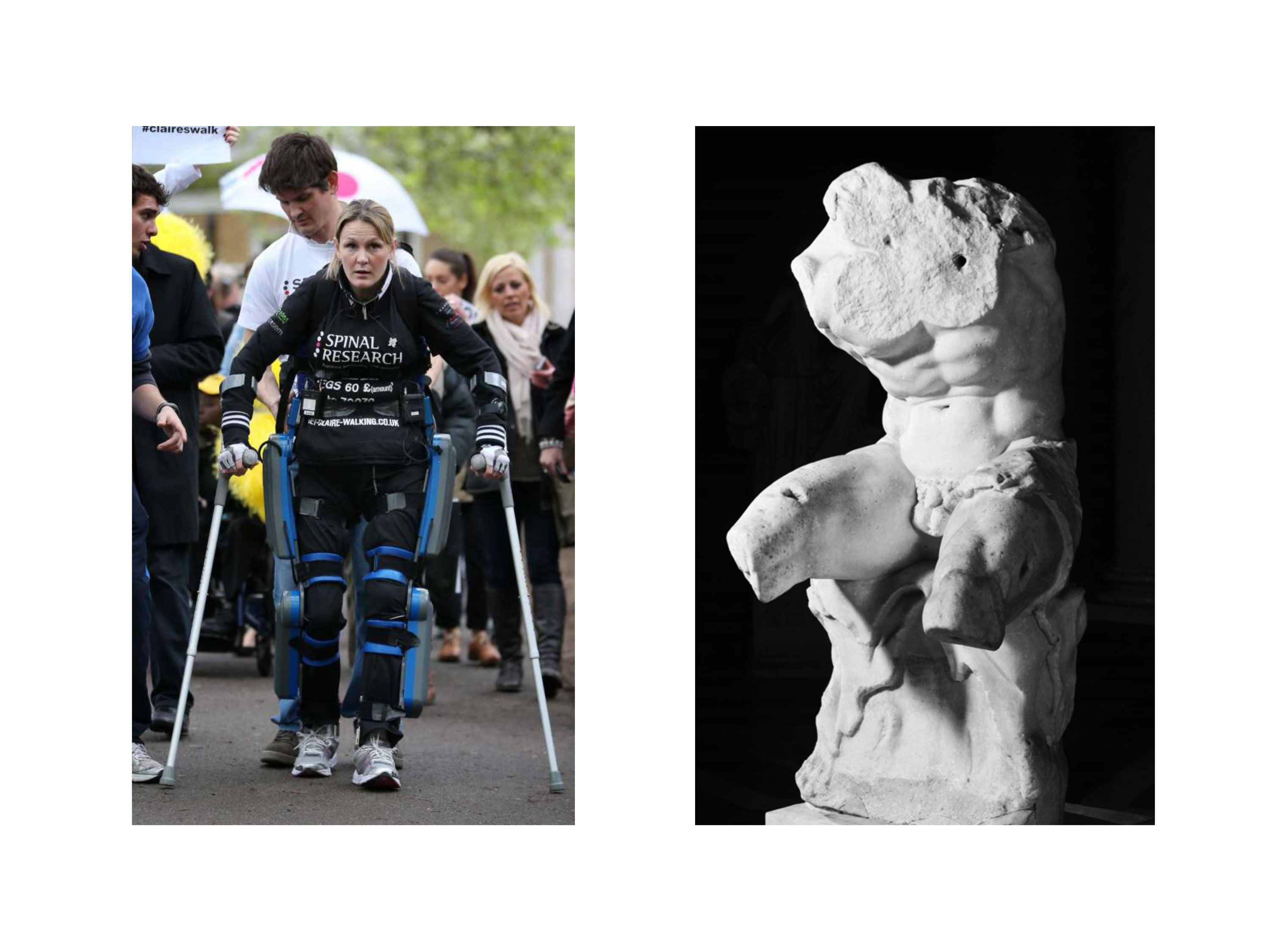
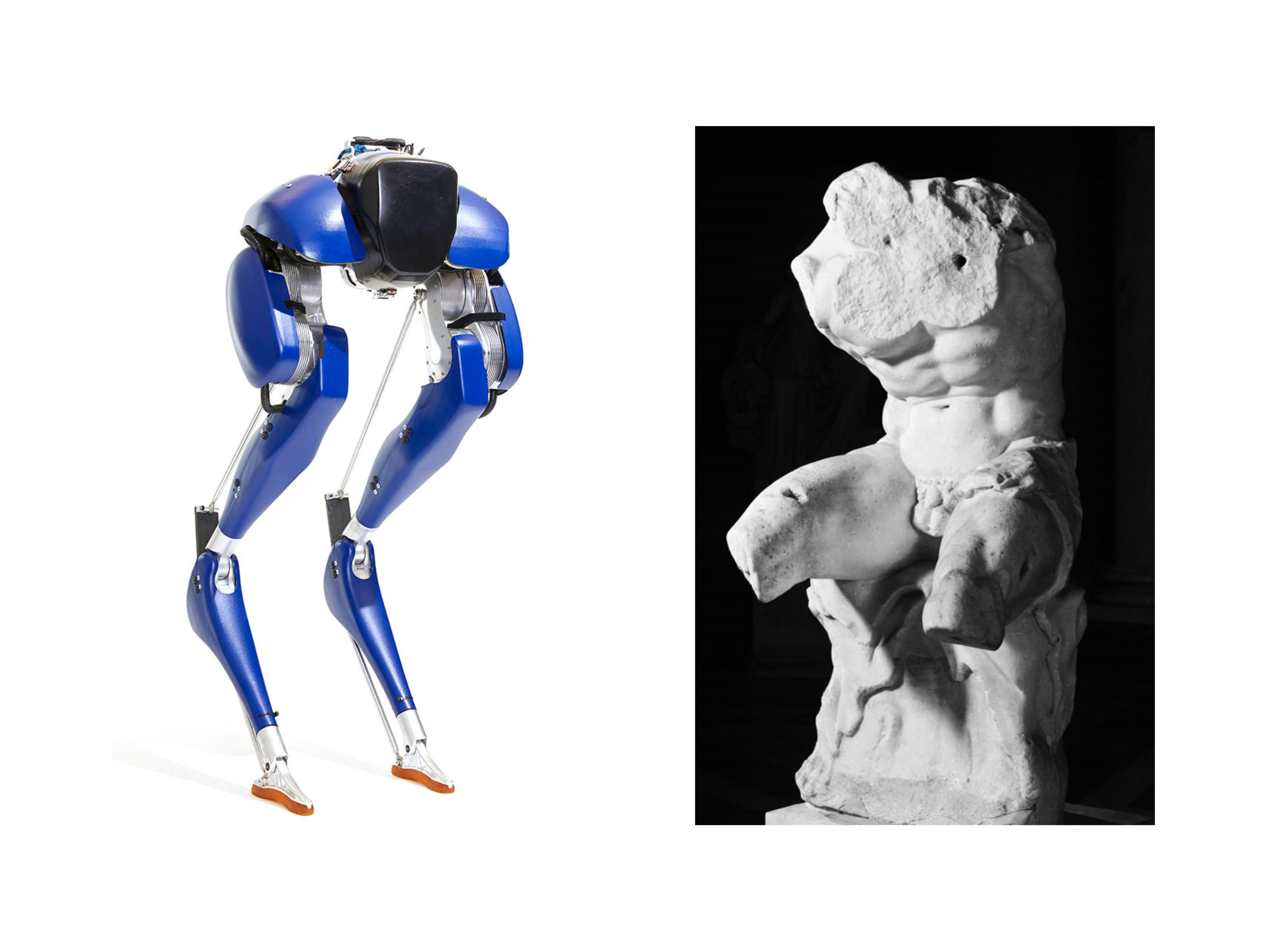

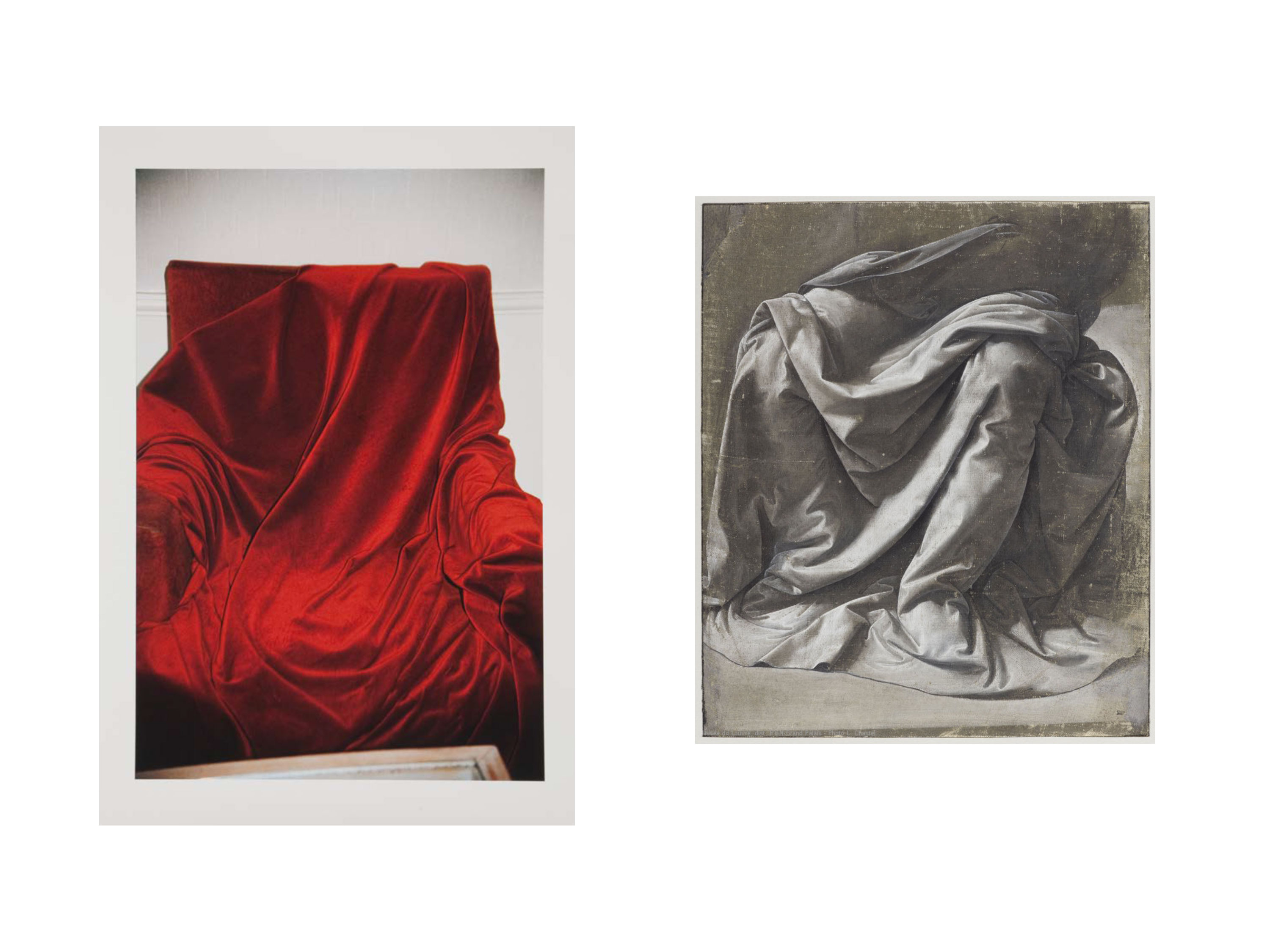


“These fragments of discourse can be called figures. The word is to be understood, not in its rhetorical sense, but rather in its gymnastic or choreographic acceptation … in the Greek meaning: schēma is not the “schema,” but in a much livelier way, the body’s gesture caught in action, and not contemplated in repose: the body of athletes, orators, statues”—Roland Barthes, A Lover’s Discourse.
Our world only seems whole from the viewpoint of satellites, social media and the climate crisis. If we have learned anything from the developments of the last few decades, it is that the technological realm does not demand a technical discourse, but speculations of a very different order. Neither the sciences, nor the humanities have been able to live up to that ambition, and it has become ever clearer that a new perspective must be developed. Also clear by now is that each discipline has important contributions to make in this discussion—however, the fact that disciplines suffer under their nineteenth-century heritage of being wholly bound by their knowledge, makes it impossible for them to do so. Starting with Roland Barthes’s premise that such an alternative discourse would need to be one of gymnastic figures, we have created THE GRACE MACHINE, an experiment that challenges the persistent distinction between the humanities and technology. THE GRACE MACHINE magically produces words, images, modes, events, patterns, actions, positions, tricks, things, without referring to a proper ground or causal mechanism—in that sense, it is anything but a machine. For this experiment we have devised five such gymnastic figures, five postures that each epitomize a certain aspect of grace, while each deals with specific conditions of thinking that might empower us to crisscross the various disciplines.

STANDING: The Posture of Existence. Literally, the term “existence” means “to stand forth” and the grace machine offers a distinctive view on stance. Via a detailed analysis of the classical figure of contrapposto in various contexts, we develop correlations between movement and standstill, as well as between weakness and strength. However, more than merely being a chiastic or ambiguous form of standing forth, the figure “shines forth” too, which sets it apart from other entities such as the thing, the symbol, or the object. Figures radiate, which places them in the domain of the gift, since gift exchange is run by the Three Graces, of which the first, Aglaia, signifies nothing less than shining. We will investigate this aesthetic ontology and its effects on the arts, architecture, historiography, and even on practices such as yoga that created a religion of posture. Soon we will find out that contrapposto is not simply a bunch of serpentine figures entangled in asymmetrical stance, but a loop, an essentially groundless form of standing, which immediately turns stance into the other figures. (After all, the nature of the figure is defined by tropos, the turn.)
JUMPING: Grace and the Gap. When we dive deeper into the notion of the figure to distinguish it from the figurative, we’ll discover the fundamental condition for the figure to appear: the gap, which we compare to “room,” “chaos,” “quarry,” and “matrix.” Why is the gap so different from space? And why is the gap actually a double gap, both internal and external? It’s quite surprising how much of this structure is revealed by sports. Precisely how radically sports separates field from object tells us how grace depends on opportunity, what the ancient Greeks called kairos, and what the photographer Cartier-Bresson called the decisive moment, Barthes the punctum, and Lucretius the given moment, tempore puncto. Everything that exists depends on the gap: Natura semper facit saltus, “nature always makes jumps”—this will be our deliberate challenge to both Leibniz and Darwin. If true, we can start dreaming of saltational history, of figures jumping through the hoops of time.
HANGING: The Sweetness of Ornament. Seemingly in direct opposition to stance, we encounter figures of hanging, which have traditionally been associated with ornament: garlands, curls, earrings, tresses, tassels, tendrils, and pendants, are all hanging and not in-dependent. Stubbornly, we will refute this notion of ornament as a mere add-on and show that its weakness is inherent to stance. Strong indications are given by a detailed study of Hephaestus, the “Limping God,” creator of all ornament and automata, as well as (unhappily) married to Aglaia. We will meet the figure of the Absolute Ornament: Christ, dangling from the cross. Inevitably, we will be debating the notion of grace in Christianity, especially in the Epistles of St. Paul, who made it fundamental to its religion. An extensive survey of the marvelous term sweetness completes our research—by opening it up to an unforeseen world of pain. Why did so many saints crave the now-vacant spot on the cross and speak of “the sweet nails of passion”?
FLOATING: Media and the Octopus. If it is possible to speak of a grace machine, at some point the question must arise what the exact relationship is between grace and technology, especially media technology since that is the realm of radiance and radiation. Here the gap takes on a particular quality, that of a light-filled thickness without which nothing can happen. Many have studied the link between grace and technology; Samuel Butler, for instance, who classified it as a form of the unconscious. We will expand his ideas into a distributed consciousness while engaging media theorists such as Marshall McLuhan, Donna Haraway, and Paul Virilio, who speculated on the flickering, epileptic nature of consciousness. Along the way, we will make detailed studies of the research into the visions and hallucinations created by psychotropic drugs, which are astoundingly similar to ornamental pattern design. (Henri Michaux, for example, called his mescaline trips a form of “ornamentogenesis,” or Walter Benjamin, who spoke of ornamental radiation in the context of hashish.)
FALLING: The Reckonings of Chance. While all the postures described above are accompanied by animals such as horses, dolphins, monkeys and octopuses, falling requires an eminently human figure: the Fall of Man. We have been cast from paradise because we didn’t fit. As Michel Serres said, animals don’t have history; only humans do because they are bound to lead technical lives. Our falling, then, is a permanent falling, which we can’t distinguish from floating. The Falling Man of Richard Drew shows this in the most horrific manner. All falling is the falling of dice. The Epicurian and Lucretian model of the universe turns out to be pure media theory: all is falling, then swerving, then colliding, then images are emitted from these collisions. Accident and coincidence. Virilio tells us why accident is fundamental to technology. We then extend the notion of ever-falling to Pascal’s Triangle and the Galton Board, to number theory, and to that great group of writers: Oulipians such as Calvino and Perec. (By the way, falling strongly relates to comedy too.)
